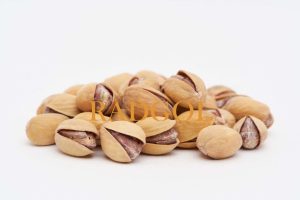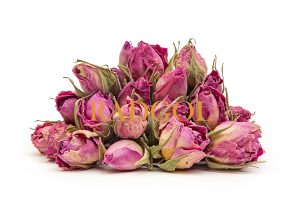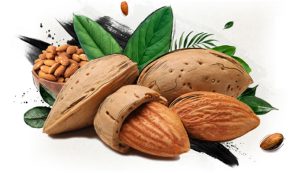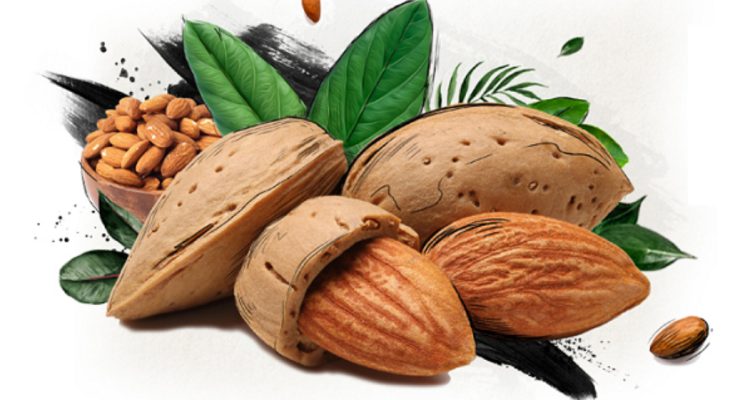Production in 2023 was 30% smaller than the pre-harvest estimate owing to weather disruptions from bloom until harvesting. Besides, the arrival of the bee pest Varroa destructor to Australia meant that there were issues in regard to hive movements on the eve of pollination.
After a ten-year sustained growth, in 2017 new planting reached a high of 7,000 ha per year. Currently, the total planted area, both non-bearing and bearing, adds up to around 65,000 ha and no significant growth is anticipated, mainly due to water availability. Based on hectares potentially topping out at around 70,000-75,000, production is anticipated to flatten out at around 200,000 MT. Since season 2020/21, water has been in abundance, but with El Niño looming, a new dry period can be expected.
Production in 2023 was 30% smaller than the pre-harvest estimate owing to weather disruptions from bloom until harvesting. Besides, the arrival of the bee pest Varroa destructor to Australia meant that there were issues in regard to hive movements on the eve of pollination.
After a ten-year sustained growth, in 2017 new planting reached a high of 7,000 ha per year. Currently, the total planted area, both non-bearing and bearing, adds up to around 65,000 ha and no significant growth is anticipated, mainly due to water availability. Based on hectares potentially topping out at around 70,000-75,000, production is anticipated to flatten out at around 200,000 MT. Since season 2020/21, water has been in abundance, but with El Niño looming, a new dry period can be expected.






